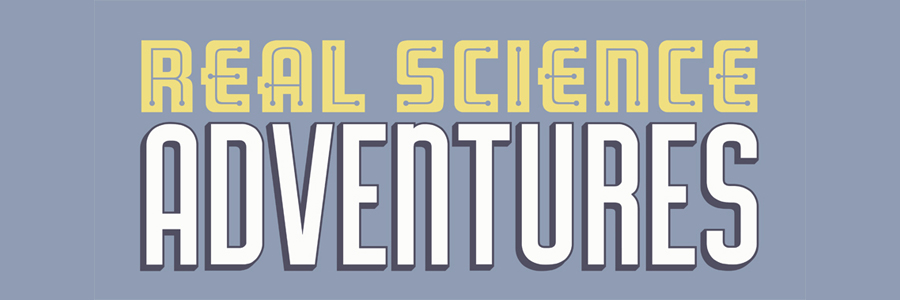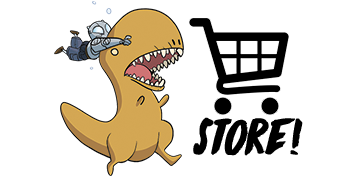Last time we talked about the failure of imagination at the core of narrative centered on conflict. I threatened you with looking at another kind of narrative structure. One employed by classic Chinese poetry. It goes like this...
(1) Qiju, 起句, or "bringing into being": Introduce a scene.
(2) Chengju, 承句, or "understanding": Add details about the scene.
(3) Zhuanju, 転句, or "changing": Alter our perspective on the scene to reveal new or unexpected details.
(4) Jueju, 結句, or "drawing together": Assimilate our preconceived notions of the scene as originally depicted with our newfound knowledge to learn a greater truth.
Each of these would represent one line of your poem, but there's no reason each one can't support a whole act of your story. And, as it turns out, I’d been writing ATOMIC ROBO stories roughly in this vein for years without knowing it.
(1) Issues 1 and 2: “Bringing into Being” / Introduce the Conspiracy, Discover the Conspiracy.
(2) Issue 3: “Understanding” / Chase the Conspiracy.
(3) Issue 4: “Changing” / Destroyed by the Conspiracy.
(4) Issue 5: “Drawing Together” / Triumph over the Conspiracy .
What I like about this approach is that it centers discovery as the indivisible unit of narrative instead of conflict. These stories can still have conflict of course. Hell, over a thousand years of wuxia stories follow this structure and they’re filled to the brim with conflicts. ATOMIC ROBO is an action comic and boy oh boy there are conflicts!
“But I thought you hated conflict?!?!”
No, I’m suspicious of a system of thought that centers conflict. I have no problem with conflict in stories when conflict in and of itself is not the engine of the narrative. Conflicts in this Four Act structure are instead among the events that happen as a consequence of what is discovered. Whereas the Three Act structure we're all taught as the foundation of Western literature is centered on domination, this Four Act structure is centered on revelation.
Oh, fun fact. This is also how mystery novels work!
(1) Discover a Murder.
(2) Chase the Murderer.
(3) Perplexed by the Murderer.
(4) Triumph over the Murderer.
Neat.



